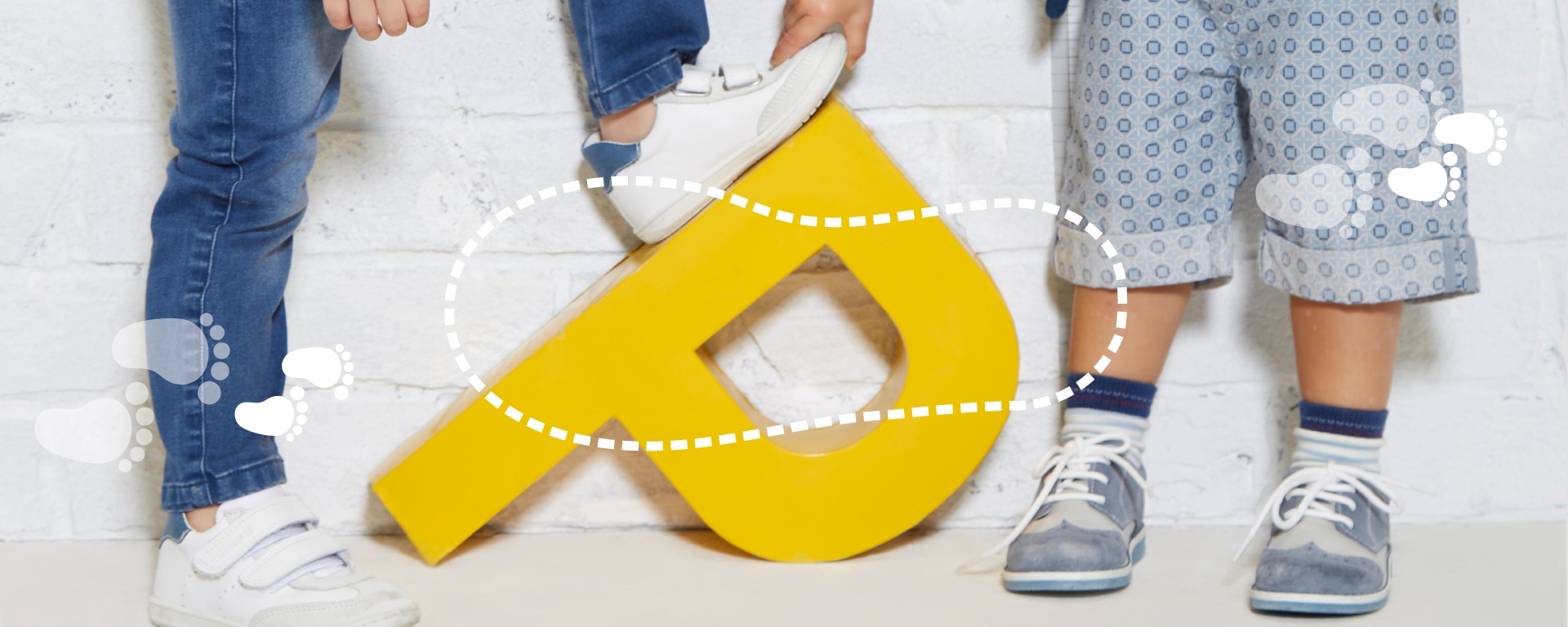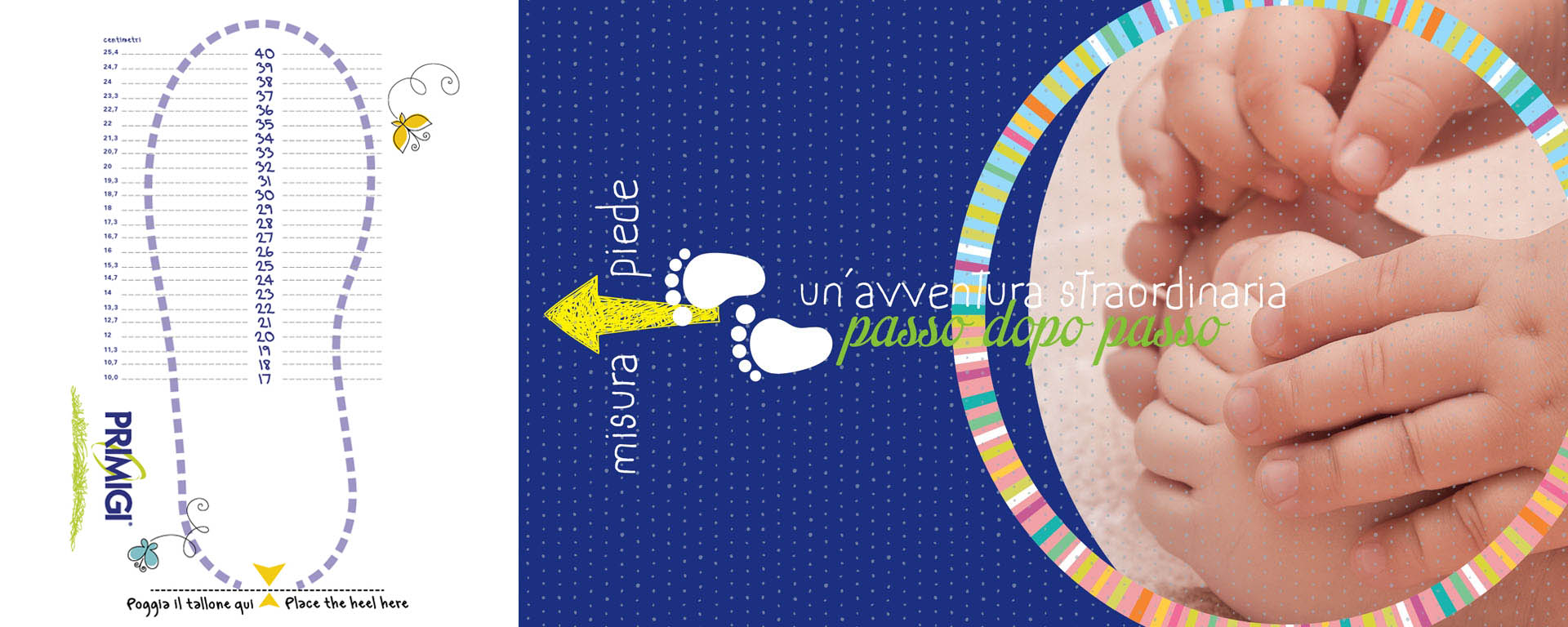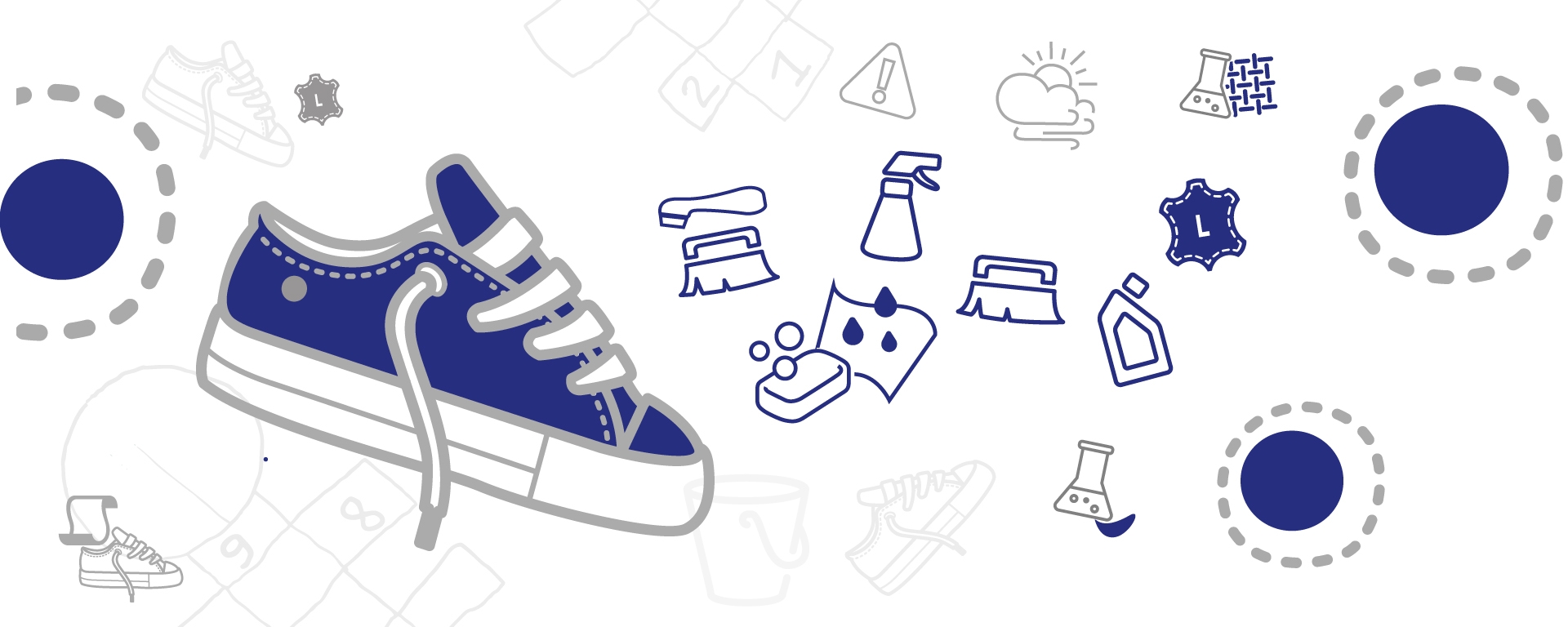The Stages Leading to a Child’s First Steps – Explained by Podiatrist and Posturologist Daniele Simonetti
Every child develops at their own pace: some crawl, some roll, some scoot around on their bottoms, and others wait — only to suddenly stand up, ready to walk. But generally speaking, when does a child start to walk?
“THE HUMAN BEING IS A BIPED – a unique characteristic among all animal species, including mammals,” explains Daniele Simonetti, podiatrist and posturologist. “During the first two years of life, a child progresses from the newborn stage, where they lie supported on their trunk, to the stage of straightening up, where they achieve an upright posture.” Each child follows their own path – some are bolder, others more cautious.
But what are the general developmental stages that lead a child to walk?
“Around 4 to 5 months, the rolling phase begins. The transition from the prone position to crawling on all fours occurs in 100% of children by the 15th month. With support, a child between 7 and 9 months can bear their own weight, but is not yet able to maintain balance.”
This transitional and learning phase challenges the child both physically and emotionally, which is why the attitude of parents is so important. Support, encouragement, lots of love — and no anxiety are the right ingredients to accompany their first attempts.
“It’s important to stimulate the child to walk, but without forcing it — walking is a natural, free, and spontaneous movement that will happen automatically, at the right time,” the expert says. “The child will try to stand up, often using a parent’s hand for support.”
Independent walking generally takes place between 9 and 18 months.
At first, the child walks by placing their entire foot flat on the ground and holding their arms up. Only from the end of the second year do they lower their arms and begin to roll their foot, reducing the base of support. Complete walking maturation occurs around age 7.
Barefoot or with little shoes?
A well-fitted first shoe protects and supports the foot and helps the child maintain stability.
“The foot is a sensory organ, with billions of receptors connected to the central nervous system. Walking barefoot – when it is safe – can stimulate environmental perception,” concludes Daniele Simonetti.
Discover our first walking shoes for boys and girls.
Article written in collaboration with quimamme.corriere.it and Dr. Daniele Simonetti.





